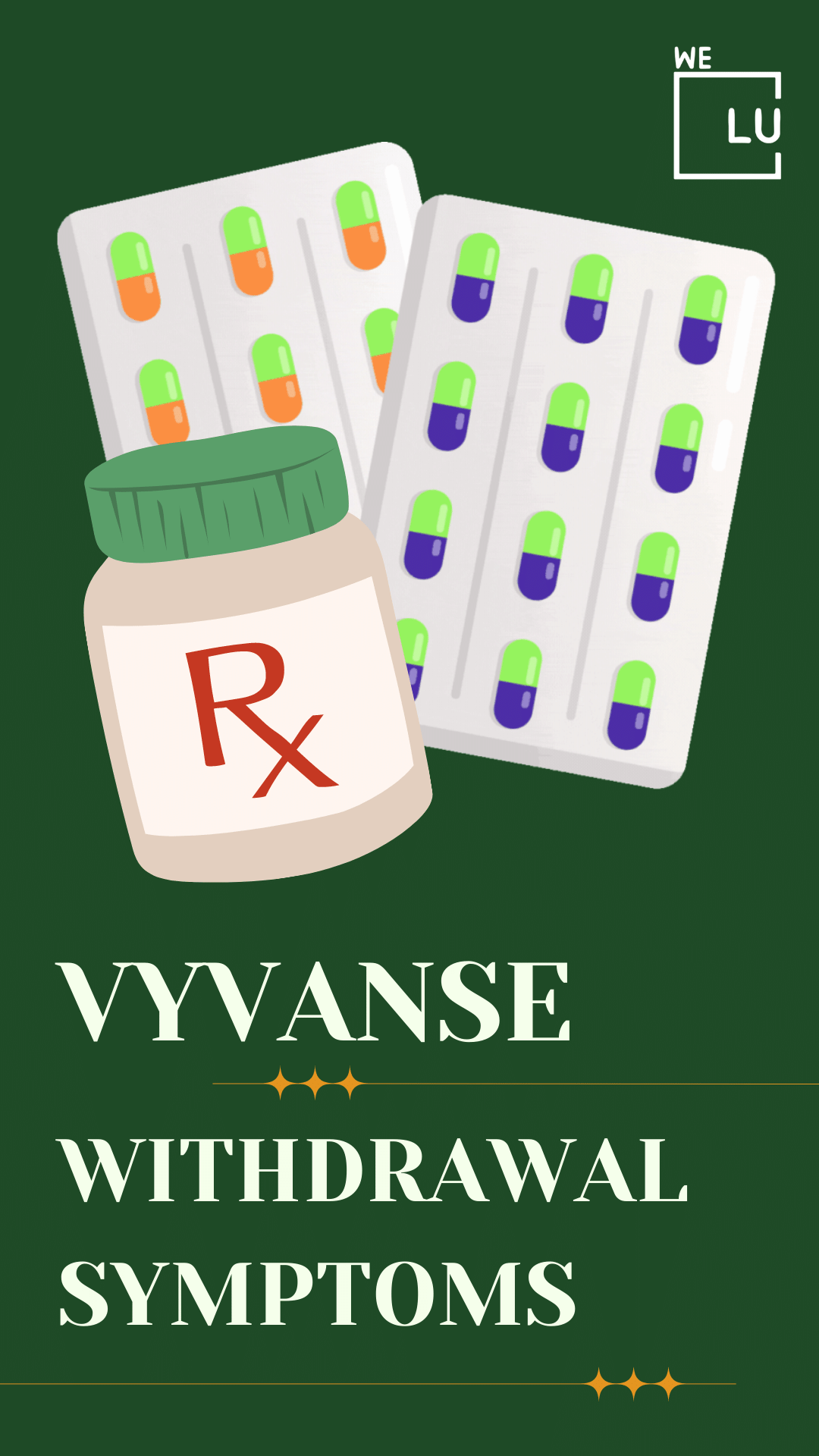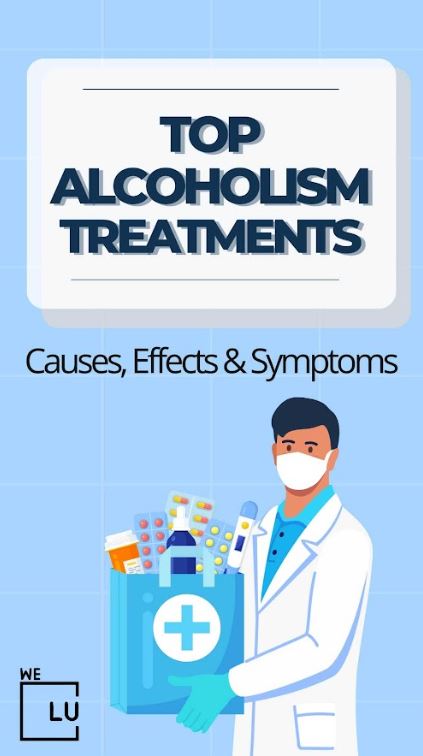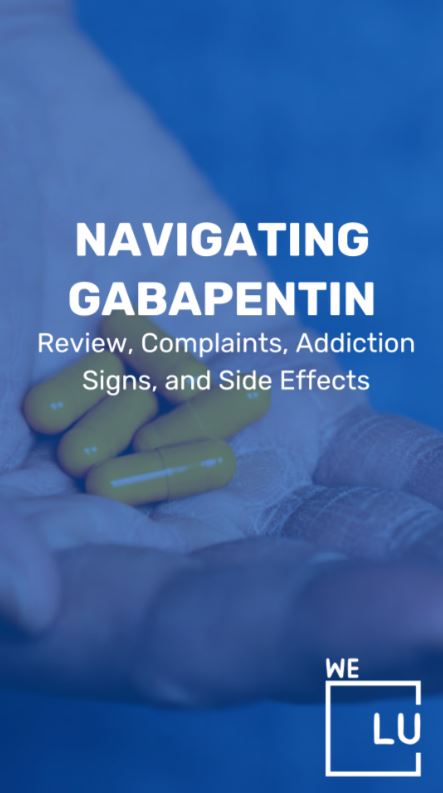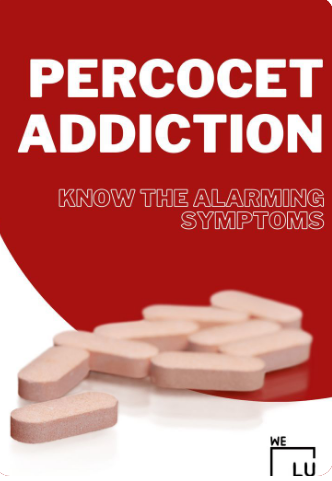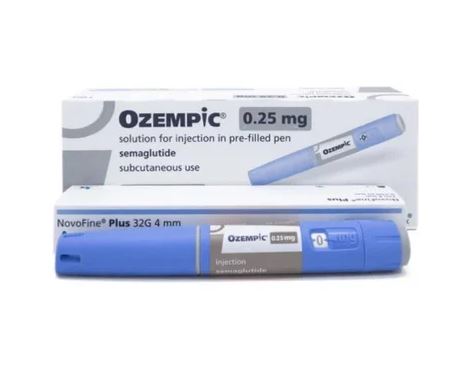What Does Meth Smell Like?
Methamphetamine, commonly known as meth, is a synthetic stimulant drug that can be produced using a variety of chemicals and methods. The odor of meth can vary depending on the purity and production method of the drug.
Some people describe the smell of meth as similar to ammonia, cleaning products, or rotten eggs. Others have reported a sweet, chemical odor that is often compared to the smell of acetone or nail polish remover. Meth labs produce a strong, noxious odor that can be difficult to mask or eliminate.
Identifying a drug solely by its smell can be challenging and unreliable. If you suspect someone may be using or producing meth, it is crucial to seek professional help and support from trained addiction specialists or law enforcement officials.
Need help with Meth addiction? Contact a We Level Up treatment center specialist now. Our hotline is available 24/7 for free evaluations and consultations.
What Does Meth Smell Like Chart
Here is a table summarizing the smells associated with Methamphetamine:
| Question | Answer |
|---|---|
| What Does Meth Smell Like? | Methamphetamine typically has a strong chemical odor, often described as ammonia- or cat urine-like. It may also have a sweet or acetone-like smell. |
| What Does Meth Smell Like When Cooking It? | Methamphetamine production emits a strong chemical odor, similar to ammonia or solvents. It may also have a sulfur-like smell. |
| What Does a Meth Lab Smell Like? | The smell of a meth lab can vary but commonly includes strong chemical odors, such as ammonia, solvents, or a cat urine-like smell. |
| What Does Meth Smell Like When Smoked? | Smoking methamphetamine produces a unique smell, often described as acrid, burned, or having a chemical-like odor. |
Seeking help for Meth addiction? Contact a specialist at the We Level Up treatment center. Our hotline is open 24/7, offering free evaluations and consultations. Don’t wait. Reach out to us now.
What Does a Meth Lab Smell Like?
What does meth cooking smell like? Meth labs can produce a variety of strong and unpleasant odors, depending on the chemicals and production methods used. What does meth smell like when you’re cooking it? Some familiar smells associated with meth labs include:
- A strong chemical odor. What do meth labs smell like? Meth production involves highly reactive and volatile chemicals, such as acetone, ammonia, and hydrochloric acid, which can emit a strong chemical smell.
- A sweet, pungent smell. What does meth smell like when you’re cooking it? Some chemicals used in meth production, such as anhydrous ammonia, can have a sweet, pungent smell that is often compared to cat urine.
- A sulfurous odor. Meth production can also produce a sulfurous odor, like rotten eggs or burning rubber.
- A musty, moldy smell. Meth labs can also produce a musty, moldy smell, which can indicate the presence of mold or fungus growing in the lab.
What does a Meth lab smell like? If you suspect that someone is operating a meth lab in your area, it is important to contact law enforcement immediately. Meth labs can be hazardous and pose severe health and safety risks to individuals in the vicinity and the environment.
What Does Crystal Meth Smell Like?
Crystal meth is a solid, and it does not release gas like meth does when it is smoked or manufactured. This means that crystal meth is unlikely to smell by itself, and any smell that crystal meth has would likely be due to contaminants.
Crystal meth purchased on the streets is rarely 100% pure. Meth is manufactured using several toxic chemicals, such as:
- Ammonia.
- Acetone.
- Ether.
- Red phosphorus.
- Lithium.
- Battery acid.
- Cleaning products.
- Paint thinner.
Some of these chemicals have a strong scent. In most cases, crystal meth will smell weakly like ammonia. However, some say meth and crystal meth smells like metallic chemicals, cat urine, rotten eggs, or burning plastic.
What Does Meth Smell Like When Smoked?
What does smoking meth smell like? Meth is not likely to have a noticeable odor, as pure meth has little to no odor. Some people believe that meth may have a slight sweet smell when being smoked, but others do not believe it has a smell. Either way, the odor is not strong or characteristic of meth. What does meth smell like when someone is smoking? Meth that has impurities may have smells that come from making it.
What does meth smoke smell like? When meth is smoked, it can produce a strong and unpleasant odor that can be described as a mixture of chemicals, ammonia, and gasoline. The smell can be pungent, sweet, or even sour, depending on the purity of the drug and the production method.
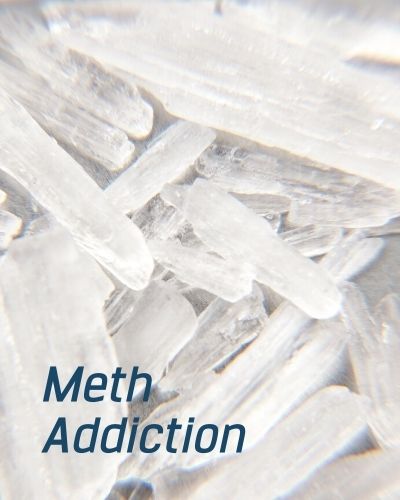
Skip To:
Learn More:
Get Help. Get Better. Get Your Life Back.
Searching for Accredited Drug & Alcohol Rehab Centers Near You? Or Mental Health Support?
Even if you have failed previously, relapsed, or are in a difficult crisis, we stand ready to support you. Our trusted behavioral health specialists will not give up on you. Call us when you feel ready or want someone to speak to about therapy alternatives to change your life. Even if we cannot assist you, we will lead you wherever you can get support. There is no obligation. Call our hotline today.
FREE Addiction Hotline – Call 24/7Meth Abuse Statistics
Methamphetamine is a highly addictive drug that can lead to serious physical and mental health problems, as well as significant social and economic consequences. According to the National Survey on Drug Use and Health (NSDUH), in 2020, approximately 1.5 million people aged 12 or older reported using methamphetamine in the past year.
2.6 million
Among people aged 12 or older in 2020, 0.9% (or about 2.6 million people) reported using methamphetamine in the past 12 months.
Source: 2020 National Survey on Drug Use and Health
1.5 million
Among people aged 12 or older in 2020, an estimated 0.6% (or about 1.5 million people) had a methamphetamine use disorder in the past 12 months.
Source: 2020 National Survey on Drug Use and Health
23,837
In 2020, approximately 23,837 people died from an overdose involving psychostimulants with abuse potential other than cocaine (primarily methamphetamine).
Source: CDC
Methamphetamine Drug Facts
What is methamphetamine?
Methamphetamine (meth) is a stimulant. The FDA-approved brand-name medication is Desoxyn.
What is its origin?
Mexican drug trafficking organizations have become the primary manufacturers and distributors of methamphetamine throughout the United States, including Hawaii. Domestic clandestine laboratory operators also produce and distribute meth on a smaller scale. The methods used depend on the availability of precursor chemicals.
What are common street names?
Common street names include:
- Batu.
- Bikers Coffee.
- Black Beauties.
- Chalk
Chicken Feed. - Crank.
- Crystal.
- Glass.
- Go-Fast.
- Hiropon.
- Ice.
- Poor Man’s Cocaine.
- Shabu.
- Shards.
- Speed.
- Stove Top.
- .Tina.
- Trash.
- Tweak.
- Meth.
- Methlies Quick.
What is its legal status in the United States?
Methamphetamine is a Schedule II stimulant
under the Controlled Substances Act, which
means that it has a high potential for abuse and a
currently accepted medical use (in FDA-approved products). It is available only through a prescription that cannot be refilled.
Today there is only one legal meth product, Desoxyn. It is currently marketed in 5, 10, and 15-milligram tablets (immediate-release and extended-release formulations) and has very limited use in the treatment of obesity and ADHD
What does it look like?
Regular meth is a pill or powder. Crystal meth
resembles glass fragments or shiny blue-white “rocks” of various sizes.
How is it abused?
Meth is swallowed, snorted, injected, or smoked. To intensify the effects, users may take higher doses of the drug, take it more frequently, or change their intake method.
What is its effect on the body?
Taking even small amounts of meth can result in:
- Increased wakefulness.
- Increased physical activity.
- Decreased appetite.
- Rapid breathing and heart rate.
- Irregular heartbeat.
- Increased blood pressure.
- Hyperthermia (overheating).
What is its effect on the mind?
Meth is a highly addictive drug with potent central nervous system (CNS) stimulant properties. Those who smoke or inject it report a brief, intense sensation or rush. Oral ingestion or snorting produces a long-lasting high instead of a rush, which reportedly can continue for as long as half a day.
Both the rush and the high are believed to result from the release of very high levels of the neurotransmitter dopamine into areas of the brain that regulate feelings of pleasure. Long-term meth use results in many damaging effects, including addiction.

What Are The Dangers of Cooking Meth?
What does meth smell like when cooking? Cooking meth, also known as methamphetamine production, is extremely dangerous and can pose serious health and safety risks to those involved in the process and anyone in the surrounding area. Some of the dangers of cooking meth include:
- Risk of fire and explosion. The production process involves the use of flammable and explosive chemicals, which can easily ignite and cause a fire or explosion.
- Exposure to toxic fumes. What does meth smell like burnt? Many of the chemicals used in the production of meth are toxic and can produce harmful fumes. Inhaling these fumes can cause respiratory problems, headaches, nausea, and other health issues.
- Chemical burns. What does burning meth smell like? The production process can involve handling and mixing dangerous chemicals, which can cause chemical burns to the skin and eyes.
- Environmental damage. Meth production can cause significant environmental damage due to the improper disposal of hazardous waste products.
- Legal consequences. Cooking meth is illegal and can result in serious legal consequences, including fines and imprisonment.
Overall, the dangers of cooking meth are significant, and anyone involved in the production process or living in the vicinity of a meth lab should seek help immediately. If you suspect that someone is cooking meth, you should contact law enforcement or a local drug treatment center for assistance.

Get Your Life Back
Find Hope & Recovery. Get Safe Comfortable Detox, Addiction Rehab & Mental Health Dual Diagnosis High-Quality Care at the We Level Up Treatment Centers Network.
Hotline (877) 378-4154Cooking Meth, What Does Cooking Meth Smell Like?
Cooking meth involves the use of various chemicals and substances, which can produce a distinct and potent odor. The smell can vary depending on the specific method of production and the quality of the chemicals used. Typically, the smell of cooking meth can be described as a strong, chemical odor that may resemble the smell of cleaning products or ammonia. It can also have a sweet or sour smell, depending on the specific chemicals used in the production process.
What does a meth house smell like? The smell of cooking meth can be extremely unpleasant and overpowering, and it can linger in the air for an extended period. It’s important to note that inhaling the fumes produced during the meth-cooking process can be extremely harmful and even toxic, as many of the chemicals used are dangerous and potentially deadly. It’s essential to stay away from any area where meth is being produced and to seek help if you suspect that someone is making or using meth.
How Do You Cook Meth?
How is meth cooked? Unlike drugs such as marijuana, cocaine, and heroin, which are derived from plants, meth can be manufactured using a variety of store-bought chemicals. The most common ingredient in meth is pseudoephedrine or ephedrine, commonly found in cold medicine. Through a cooking process the pseudoephedrine or ephedrine is chemically changed into meth. The ingredients that are used in the process of making meth can include: ether, paint thinner, Freon, acetone, anhydrous ammonia, iodine crystals, red phosphorus, drain cleaner, battery acid, and lithium (taken from inside batteries).
What Does Meth Smell Like When You’re Cooking It
When meth is manufactured or “cooked,” it produces chemical byproducts in gaseous form. The odor made by cooking meth depends on the chemicals produced. Cooking meth may create odors that are:
- Solvent: This cooking meth smell comes from different solvents, such as paint thinner and cleaning fluids used while making meth.
- Sweet: This cooking meth smell is produced by chemicals called ethers. This smell can be described as a “hospital smell.”
- Sharp and pungent: This cooking meth smell comes from ammonia. It is similar to the smell of stale urine and glass cleaner.
Accordion title 1
This is a placeholder tab content. It is important to have the necessary information in the block, but at this stage, it is just a placeholder to help you visualise how the content is displayed. Feel free to edit this with your actual content.
Accordion title 2
This is a placeholder tab content. It is important to have the necessary information in the block, but at this stage, it is just a placeholder to help you visualise how the content is displayed. Feel free to edit this with your actual content.
What Ingredients are Used to Make Meth That Gives it a Foul Smell When Cooking?
Methamphetamine, or meth, is a highly addictive synthetic stimulant drug that is made from a variety of chemicals and ingredients, many of which have a strong, unpleasant odor. Some of the ingredients used to make meth that can give it a foul smell when cooking include:
- Anhydrous ammonia. This is a pungent, highly corrosive gas that is used to extract and purify methamphetamine.
- Ether. Ether has a sweet, fruity odor and is used as a solvent in the meth production process.
- Red phosphorus. Red phosphorus is a highly flammable and toxic substance that is used in the production of meth.
- Lithium. Lithium is a highly reactive metal that is used to produce a chemical reaction during the meth production process.
- Hydrochloric acid. This is a corrosive, highly acidic substance that is used to purify and extract methamphetamine.
- Acetone. Acetone has a strong, pungent odor and is used as a solvent in the meth production process.
- Sodium hydroxide. This is a highly caustic substance that is used to dissolve and purify methamphetamine.
These ingredients, when combined and heated during the production process, can produce a strong, unpleasant odor that can be described as a chemical or ammonia-like smell. It’s important to note that inhaling the fumes produced during the meth-cooking process can be extremely harmful and even toxic, as many of the chemicals used are dangerous and potentially deadly.
How to identify a ‘Meth Cooker’
Paranoid Behavior: Meth makers tend to act in a manner that is extremely paranoid and secretive. For example, they may monitor passing cars, show great suspicion toward strangers, and – as noted above – construct elaborate security systems around their homes.
Staying Inside: Residents of houses containing meth labs may remain inside their homes for extended periods of time. Many meth addicts and meth makers are not only paranoid and secretive, but also unemployed.
Smoking Outside: By the same token, residents of houses and other structures containing meth labs often go outside to smoke. They do this to avoid igniting a fire or explosion when matches, lighters, or cigarettes come into contact with the highly combustible chemicals and fumes found in a meth lab.
Frequent Visitors: Although residents of a house or other structure containing a meth lab may stay in or near their homes, they often receive a large number of visitors, especially at night. These visitors may be bringing supplies, taking away meth, using meth, hanging out, or any combination of these activities.
Mobile Garage: To avoid detection of their illegal activities, meth makers may burn their trash, place it in the trash collection area of another house or building, or cart it away and dump it elsewhere.
First-class Facilities & Amenities
World-class High-Quality Addiction & Mental Health Rehabilitation Treatment
Rehab Centers TourRenowned Addiction Centers. Serene Private Facilities. Inpatient rehab programs vary.
Addiction Helpline (877) 378-4154Proven recovery success experience, backed by a Team w/ History of:
15+
Years of Unified Experience
100s
5-Star Reviews Across Our Centers
10K
Recovery Success Stories Across Our Network
- Low Patient to Therapist Ratio
- Onsite Medical Detox Center
- Comprehensive Dual-Diagnosis Treatment
- Complimentary Family & Alumni Programs
- Coaching, Recovery & Personal Development Events
How Can You Tell If Someone Is Cooking Meth? How to Recognize the Smell of a Meth House from the Outside?
It can be difficult to recognize if someone is cooking meth, as meth labs can be set up in a variety of locations, including homes, garages, and even vehicles. However, some signs that may indicate the presence of a meth lab include:
- Strong chemical odor. As mentioned earlier, the production process can produce a strong, chemical odor that may resemble the smell of cleaning products or ammonia. If you notice a strong chemical smell coming from a residence or vehicle, it may be a sign of a meth lab.
- Discolored surfaces. Meth production can cause surfaces to become discolored or corroded. Look for signs of rust or other discoloration on metal surfaces.
- Unusual trash or waste. Meth labs produce a significant amount of waste, including chemical containers, tubing, and other equipment. If you notice unusual trash or waste, such as large numbers of chemical containers or strange tubing, it may be a sign of a meth lab.
- Unusual activity. Meth labs require a significant amount of time and attention to set up and operate. If you notice unusual activity, such as people coming and going at all hours, it may be a sign of a meth lab.
- Unusual behavior. People involved in meth production may exhibit unusual behavior, such as paranoia or aggression.
What does meth smell like in a home?It’s important to note that these signs do not necessarily indicate the presence of a meth lab and that some of them can be caused by other factors. If you suspect that someone is cooking meth, you should contact law enforcement immediately and avoid approaching or entering the residence or vehicle in question.
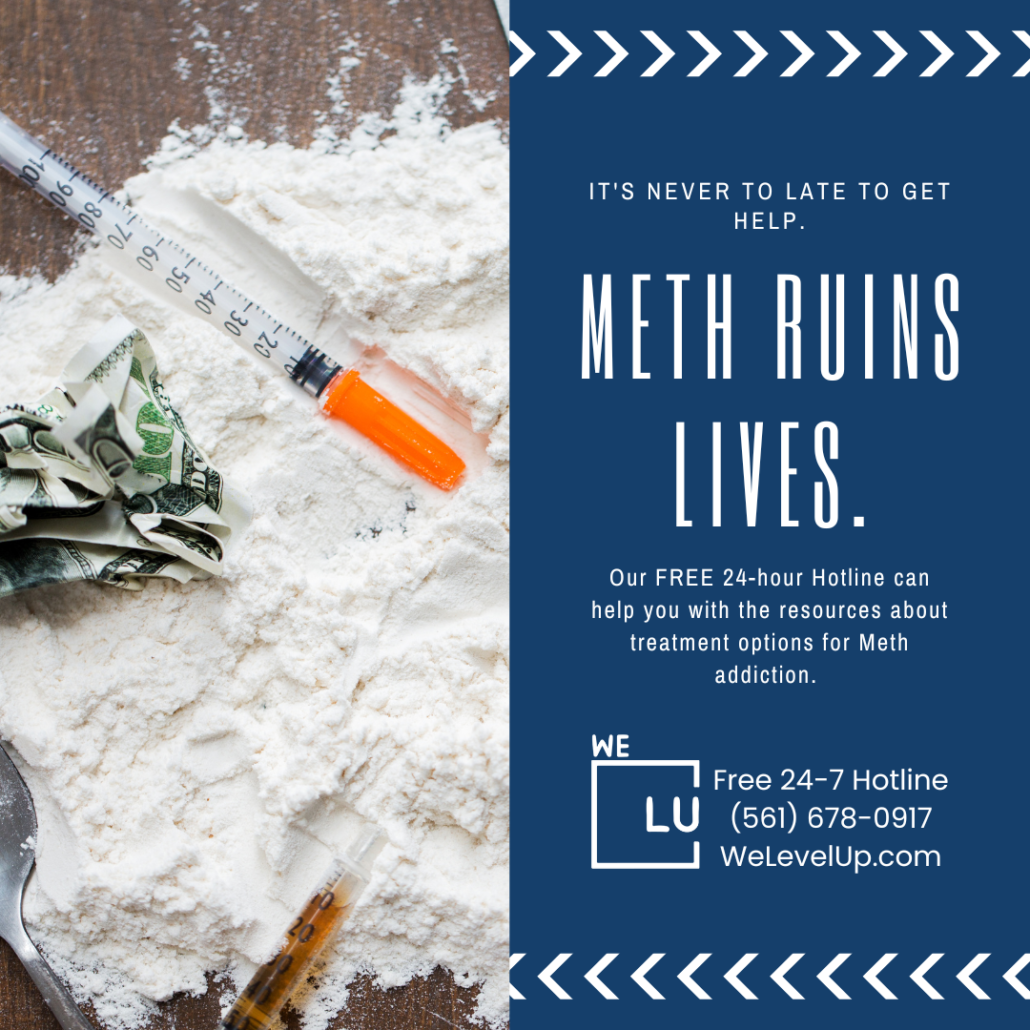
World-class, Accredited, 5-Star Reviewed, Effective Addiction & Mental Health Programs. Complete Behavioral Health Inpatient Rehab, Detox plus Co-occuring Disorders Therapy.
CALL (877) 378-4154End the Addiction Pain. End the Emotional Rollercoaster. Get Your Life Back. Start Drug, Alcohol & Dual Diagnosis Mental Health Treatment Now. Get Free No-obligation Guidance by Substance Abuse Specialists Who Understand Addiction & Mental Health Recovery & Know How to Help.
The Risks of Being Exposed to a Meth House
Being exposed to a meth house, which is a residence or property where methamphetamine was produced, can be extremely dangerous and can pose serious health risks to those who come into contact with the contaminated environment. Some of the dangers of being exposed to a meth house include:
- Exposure to toxic chemicals. Meth production involves the use of a variety of chemicals that can be toxic and harmful to human health. These chemicals can contaminate the air, surfaces, and even the water supply, posing a risk of exposure to those who come into contact with them.
- Respiratory problems. Exposure to the fumes produced during the meth production process can cause respiratory problems, including coughing, chest pain, and difficulty breathing.
- Skin irritation. Contact with contaminated surfaces can cause skin irritation and rashes.
- Long-term health effects. Prolonged exposure to the chemicals used in meth production can cause long-term health effects, including liver and kidney damage, neurological problems, and cancer.
- Fire and explosion risks. Meth production involves the use of flammable and explosive chemicals, increasing the risk of fire and explosion in the meth house and surrounding areas.
It’s essential to avoid entering a suspected meth house and to seek professional help to assess the extent of contamination and to ensure that the property is properly decontaminated before entering. If you suspect that you have been exposed to a meth house, you should seek medical attention immediately and contact a professional to assess the property.
Experience Transformative Recovery at the We Level Up Treatment Center.
See our authentic success stories. Get inspired. Get the help you deserve.



Start a New Life
Begin with a free call to an addiction & behavioral health treatment advisor. Learn more about our dual-diagnosis programs. The We Level Up treatment center network delivers various recovery programs at each treatment facility. Call to learn more.
- Personalized Care
- Caring Accountable Staff
- World-class Amenities
- Licensed & Accredited
- Renowned w/ 5-Star Reviews
We’ll Call You
Meth Addiction Treatment
First and foremost, if you think a loved one is abusing meth, you should research the substances and their associated addiction to understand better what you loved one needs. Next, you must plan an intervention to provide your loved ones with options to battle the effects of meth addiction in a safe and supportive environment. During this intervention, offer compassion and support instead of judgment. Lastly, show your support throughout the entire treatment process.
In addition, prolonged drug use can have severe physical and psychological effects on you, so it is essential to seek treatment as soon as possible. Inpatient drug rehab offers intensive care that can help you promptly get through the early stages of meth withdrawal.
Meth Detox
Medical detox is often considered the first stage of treatment. It will help you navigate the complicated meth detox withdrawal but doesn’t address patterns of thought and behavior contributing to drug use. Various treatment approaches and settings can help provide the ongoing support necessary to maintain long-term sobriety after you complete the meth detox.
Cravings are very common during drug detox and can be challenging to overcome. This often leads to relapse. Constant medical care provided during inpatient treatment helps prevent relapse. Clinicians can give medication and medical expertise to lessen cravings and withdrawal symptoms.
Inpatient Meth Addiction Rehab
There isn’t one treatment approach or style that will suit everyone. Treatment should speak to the needs of the individual. Inpatient rehab and addiction treatment aren’t just about drug use. the goal is to help the patient stop using meth and other substances, but drug rehab should also focus on the whole person’s needs.
Addiction is a complex but treatable disease that affects brain function and behavior. When someone or their family is considering different treatment facilities, they should account for the complexity of addiction and the needs of the individual. The objective of attending an inpatient rehab center for addiction treatment is to stop using the drug and re-learn how to live a productive life without it.
Following a full medical detox, most people benefit from inpatient rehab. Inpatient drug rehab can last anywhere from 28 days to several months. Patients stay overnight in the rehab facility and participate in intensive treatment programs and therapy. Once someone completes rehab, their addiction treatment team will create an aftercare plan, which may include continuing therapy and participation in a 12-step program like Narcotics Anonymous.

Psychotherapy
Several different modalities of psychotherapy have been used in the treatment of mental health disorders along with addiction, including:
- Cognitive Behavioral Therapy (CBT) – is an effective treatment that involves changing both the patterns of negative thoughts and the behavioral routines which are affecting the daily life of the depressed person for various forms of depression.
- Dialectical Behavioral Therapy (DBT) – is a comprehensive mental health and substance abuse treatment program whose ultimate goal is to aid patients in their efforts to build a life worth living. The main goal of DBT is to help a person develop what is referred to as a “clear mind.”
Medication-Assisted Treatments
Medication-Assisted Treatments (MAT) for substance use and mental health disorders are commonly used in conjunction with one another. This includes the use of medications and other medical procedures. During your rehab, the staff from your treatment facility will help you identify what caused your addiction and teach you skills that will help you change your behavior patterns and challenge the negative thoughts that led to your addiction. Sometimes, the pressures and problems in your life lead you to rely on substances to help you forget about them momentarily. The meth effects on the nervous system can be treated simultaneously with the help of therapies.
If you or a loved one is struggling with crystal meth addiction or a high-functioning meth addict, call today to speak with one of our treatment specialists. Your call is private and confidential, and there is never any obligation. The We Level Up NJ treatment center network offers nationwide facilities. Connect with one of our rehab specialists.
Faces of Meth Video
The “Faces of Meth” is a well-known anti-drug campaign created by the Multnomah County Sheriff’s Office in Portland, Oregon. The campaign features a series of before and after crystal meth addicts images who were arrested for methamphetamine-related crimes. The crystal meth before and after images show the physical transformation (crystal meth images before and after) that occurs after prolonged methamphetamine use and is intended to represent the harsh effects of the drug on an individual’s appearance, health, and life. The “Faces of Meth” campaign is designed to deter individuals from using methamphetamine by showing the nand egative consequences associated with its use.
9 Popular “What Does Meth Smell Like?” FAQs
-
Does meth smell like pee?
Does meth smells like cat pee? Methamphetamine itself does not smell like urine. However, the production of methamphetamine can produce a strong, unpleasant odor that may be similar to the smell of ammonia or urine. Does meth smell like cat piss? This odor is caused by the use of anhydrous ammonia, which is used as a reagent in the production process, as well as other chemicals and solvents used in the process.
-
What does smoked meth smell like?
What does meth smell like when someone is smokin? Smoked methamphetamine, also known as crystal meth or just meth, has a distinct chemical odor that can vary in strength depending on the purity and quality of the drug. Some people describe the smell of smoked meth as similar to that of burning plastic or chemicals, while others may detect a sweeter, more fruity smell.
-
What does someone cooking meth smell like?
What does it smell like when someone is cooking meth? If someone is cooking meth, they themselves may also have a strong chemical odor on their clothes and skin. They may also exhibit other signs of meth use, such as dilated pupils, increased energy and activity, talkativeness, and rapid or erratic movements. Meth use and production can be extremely dangerous and can lead to addiction, as well as a range of physical and mental health problems.
-
What does meth smell like in a car?
What does meth smell like when you use it in a car? The smell of smoked methamphetamine in a car may be similar to that of burning plastic or chemicals, and can be quite strong and pungent. It may also leave a residue or film on surfaces inside the car. Other signs of methamphetamine use in a car may include drug paraphernalia such as pipes or lighters, as well as signs of drug use such as dilated pupils, increased energy and activity, talkativeness, and rapid or erratic movements.
-
What does making meth smell like?
What does meth smell like cooking? The process of making methamphetamine, also known as cooking meth, produces a strong, unpleasant odor that can be difficult to describe but is often described as a chemical or ammonia-like smell. The odor can be very strong and may be noticeable from outside the location where the production is taking place.
-
What does meth smell like when you smoke it?
What does meth smell like when smoking it? It’s important to note that smoking meth can be extremely harmful and can lead to addiction, as well as a range of physical and mental health problems. What does smoking meth smell like in a home? Some people describe the smell of smoked meth as similar to that of burning plastic or chemicals, while others may detect a sweeter, more fruity smell.
-
What does burnt meth smell like?
What does meth smell like burning plastic? When methamphetamine is burned or overheated, it can produce a harsh, acrid smell that some people describe as similar to that of burnt plastic or chemicals. This burnt smell can be more noticeable when smoking meth using a pipe or other smoking apparatus.
-
Does meth smell like cat urine?
Some of the ingredients used in the production process of meth, such as anhydrous ammonia, can produce a strong ammonia-like odor that can be similar to the smell of cat urine. The odor of methamphetamine production can also be described as a chemical or pungent smell, rather than a specifically urine-like odor.
-
What does meth smell like when you’re smoking it
The smell of smoked meth can linger for some time and may be detectable on a person’s breath, clothing, and skin. The drug itself can also produce a bitter, metallic taste in the mouth when smoked. The smell of smoked meth can linger for some time and may be detectable on a person’s breath, clothing, and skin. The drug itself can also produce a bitter, metallic taste in the mouth when smoked.
Search We Level Up NJ “What Does Meth Smell Like?” Topics & Other Resources
Sources:
[1] What treatments are effective for people who misuse methamphetamine? | National Institute on Drug Abuse (NIDA) (nih.gov) – https://nida.nih.gov/publications/research-reports/methamphetamine/what-treatments-are-effective-people-who-misuse-methamphetamine / Tag: what does meth smell like
[2] Patterns and Characteristics of Methamphetamine Use Among Adults — United States, 2015–2018 | MMWR (cdc.gov) – https://www.cdc.gov/mmwr/volumes/69/wr/mm6912a1.htm / Tag: what does meth smell like
[3] Know the Risks of Meth | SAMHSA – https://www.samhsa.gov/meth/ Tag: what does meth smell like
[4] Neurologic manifestations of chronic methamphetamine abuse – PMC (nih.gov) – Rusyniak DE. Neurologic manifestations of chronic methamphetamine abuse. Neurol Clin. 2011 Aug;29(3):641-55. doi: 10.1016/j.ncl.2011.05.004. Epub 2011 Jun 24. PMID: 21803215; PMCID: PMC3148451. / Tag: what does meth smell like
[5] Drug Fact Sheet: Methamphetamine (dea.gov) – https://www.dea.gov/sites/default/files/2020-06/Methamphetamine-2020_0.pdf / Tag: what does meth smell like
[6] How Long Does Meth Stay In Your System? – 7 Stages & Effects (welevelup.com) – https://welevelup.com/addiction/how-long-does-meth-stay-in-your-system/Tag: what does meth smell like
[7] Methamphetamine DrugFacts | National Institute on Drug Abuse (NIDA) (nih.gov) – https://nida.nih.gov/publications/drugfacts/methamphetamine / Tag: what does meth smell like
[8] Methamphetamine Research Report: Overview | NIDA (nih.gov) – https://nida.nih.gov/publications/research-reports/methamphetamine/overview / Tag: what does meth smell like
[9] Meth Overdose Deaths Surge | NIH Record – https://nihrecord.nih.gov/2021/10/29/meth-overdose-deaths-surge / Tag: what does meth smell like
[10 ] Trends in U.S. methamphetamine use and associated deaths | National Institutes of Health (NIH) – https://www.nih.gov/news-events/nih-research-matters/trends-us-methamphetamine-use-associated-deaths / Tag: what does meth smell like
